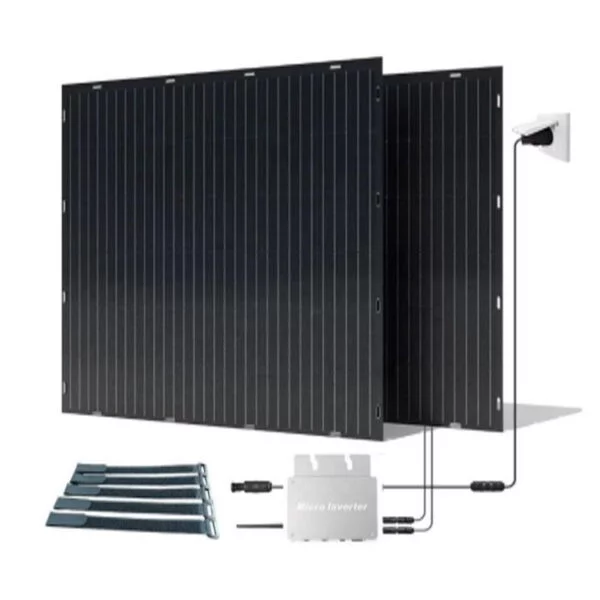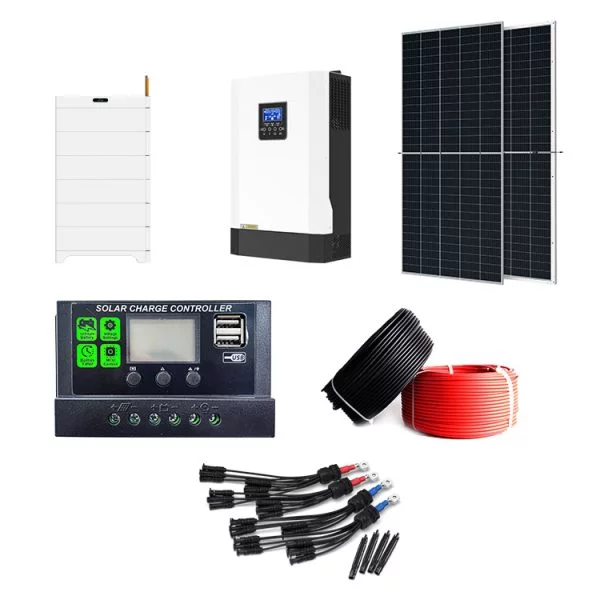HOT PRODUCT
Product Details
Calculating The True Value: What’s Included In Solar Installation Price?
Calculating The True Value: What’s Included In Solar Installation Price?
Solar energy has witnessed unprecedented growth in recent years as more and more homeowners and businesses recognize the immense benefits of harnessing the power of the sun. While the environmental advantages of solar energy are well-established, the financial aspects of installing solar panels are equally important. Understanding what factors contribute to solar installation costs can help consumers make informed decisions and fully appreciate the value proposition of going solar.

Here, we delve into the various components that make up the price of installing solar panels and explore how each factor contributes to the overall cost.
1. Solar Panels: The first element that affects the installation price is the solar panels themselves. The cost of solar panels largely depends on their efficiency in converting sunlight into electricity. High-efficiency panels are more expensive but can generate more power in a limited space. It’s essential to strike a balance between panel efficiency and budget constraints.
2. Mounting and Racking: To ensure optimal performance and durability, solar panels need to be securely mounted on roofs or ground-mounted racks. The cost of mounting and racking depends on factors such as the type of mounting system, panel configuration, and ease of installation. Additionally, the structural integrity of the installation site and any necessary reinforcements might add to the overall cost.
3. Inverters: Inverters are devices that convert the direct current (DC) electricity produced by solar panels into alternating current (AC) electricity suitable for use in homes and businesses. The price of inverters can vary based on their efficiency, power capacity, and the number required for an installation. High-quality inverters may cost more initially but can lead to improved overall system performance.

4. Electrical Wiring and Labor: Proper wiring plays a crucial role in efficiently transmitting solar-generated electricity from the panels to your electrical system. The cost of electrical wiring and labor includes the installation of electrical conduits, connectors, and safety equipment. Labour costs depend on the complexity of the installation and the time required for a professional to complete the project.
5. Permits and Inspections: Solar installations typically require permits and inspections to ensure compliance with building codes, environmental regulations, and safety standards. The expenses associated with obtaining permits and inspection fees can vary depending on local regulations and the complexity of the project. It’s important to factor in these costs when budgeting for solar installation.
6. Solar Incentives and Tax Credits: To encourage the adoption of solar energy, governments and utilities often offer incentives and tax credits. These financial benefits can significantly reduce the net cost of installing solar panels. It’s essential to research and understand the available incentives in your area, as they can vary by location and change over time.
7. Maintenance and Repairs: While solar panels are known for their durability and low maintenance needs, it’s important to consider potential costs for periodic inspections and repairs. Although these expenses are typically minimal, it’s wise to allocate a portion of the budget for unexpected maintenance needs that may arise over the lifespan of the system.

It’s worth noting that the cost of solar installation has been steadily declining over the years due to technological advancements, increased demand, and economies of scale. The true value of going solar extends beyond the initial investment since solar energy allows you to save on your electricity bills, reduce your carbon footprint, and contribute to a more sustainable future.
In conclusion, when evaluating the price of installing solar panels, it’s crucial to consider various elements such as panel efficiency, mounting and racking, inverters, electrical wiring, permits, incentives, and maintenance. By understanding these components and their contributions to the overall cost, consumers can better appreciate the true value of transitioning to solar energy – an investment that pays off both financially and environmentally in the long run.
Word Count: 711 words.




